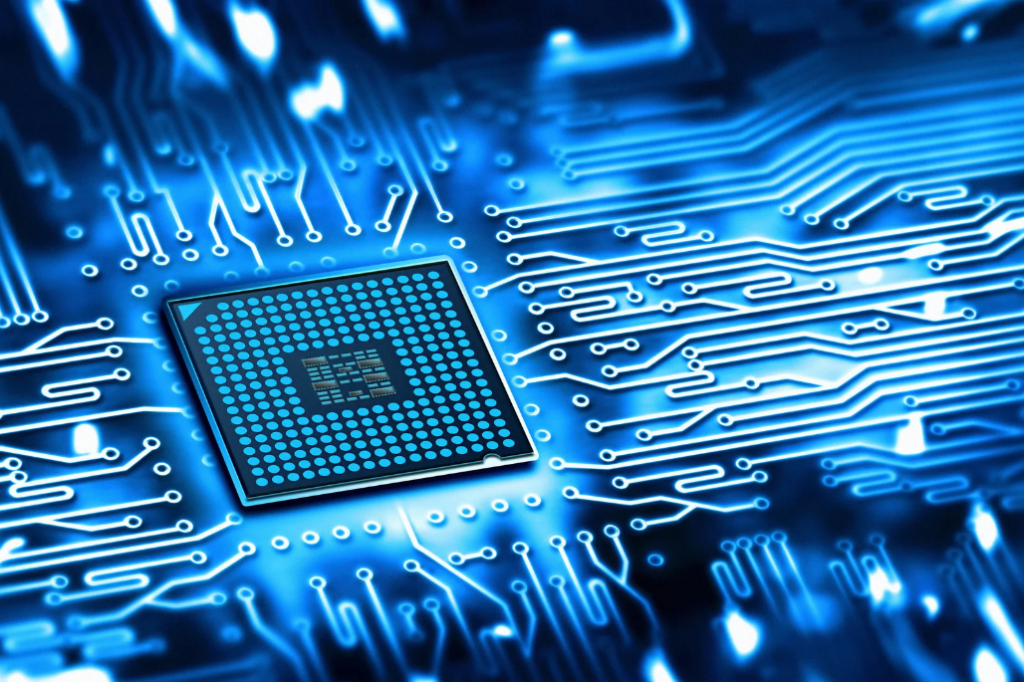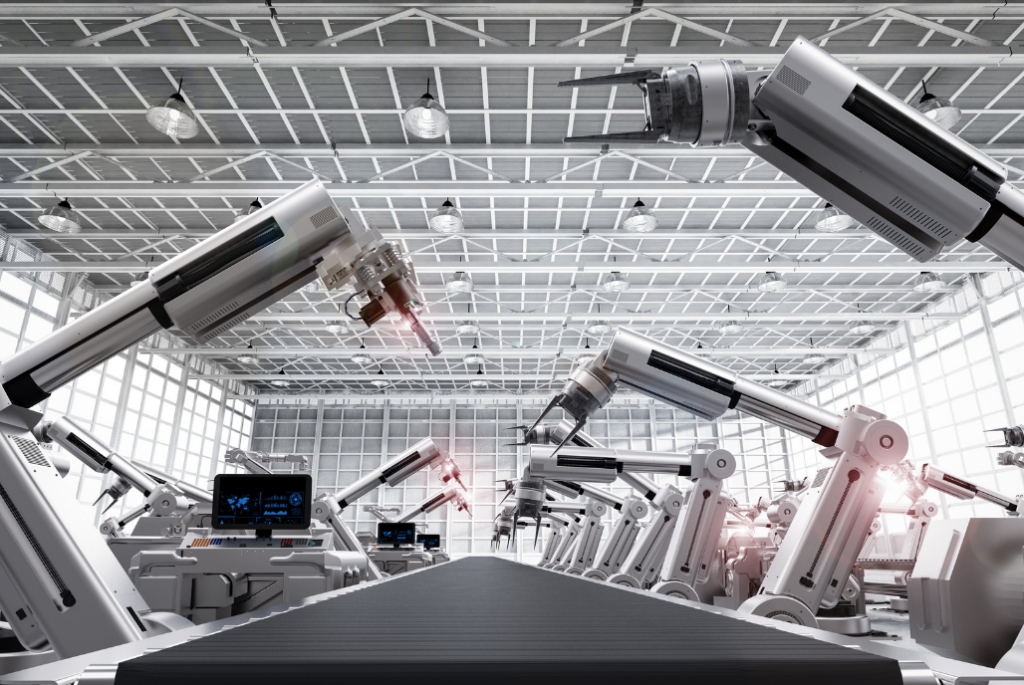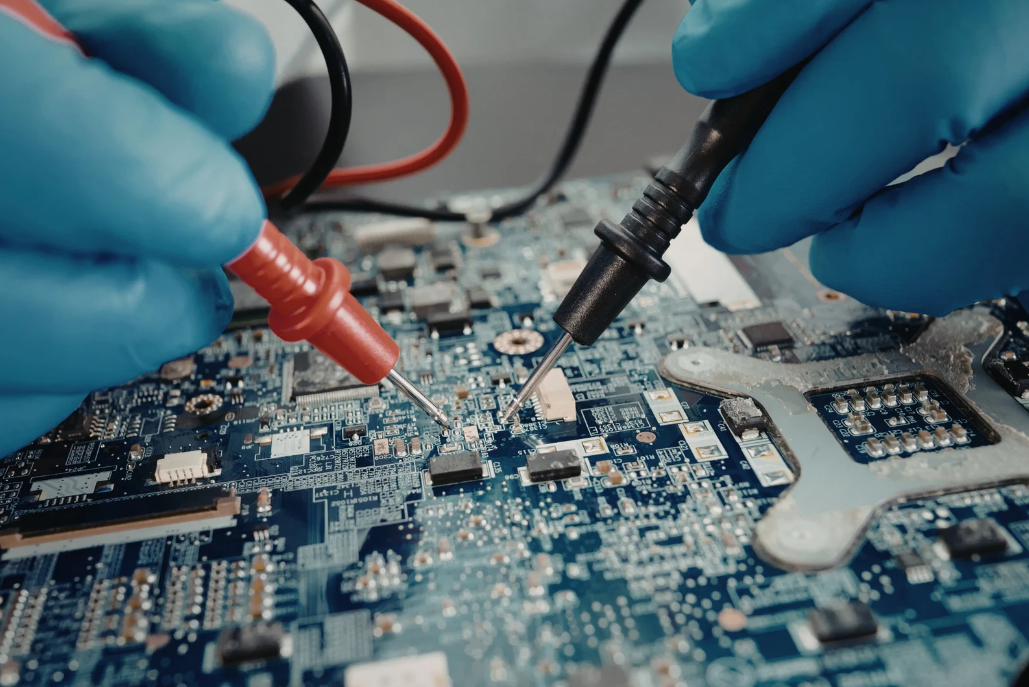Basic Principles of Piezoelectricity
Piezoelectricity is a property of certain materials that allows them to generate an electric charge in response to mechanical stress. This effect is reversible, meaning these materials can also change shape when an electric field is applied. This principle is the foundation for piezo bimorph actuators.
Structure and Composition
A piezo bimorph actuator consists of two piezoelectric elements bonded together. When a voltage is applied, one element expands while the other contracts, causing the actuator to bend. This bending motion is key to its functionality. The simplified structure of a multilayer piezoelectric bimorph can be visualized as layers of piezoelectric material stacked together.

Types of Piezo Bimorph Actuators
There are several types of piezo bimorph actuators, each designed for specific applications:
- Unimorphs: These have a single piezoelectric layer bonded to a passive substrate.
- Bimorphs: These consist of two active piezoelectric layers.
- Multilayer Bimorphs: These have multiple piezoelectric layers for enhanced performance.
Piezo bimorph actuators are widely used in various industries due to their versatility and reliability. As technology advances, their applications continue to grow.
Mechanics Behind Piezo Bimorphs
Piezoelectric Effect in Bimorphs
The working principle of a piezo bimorph actuator is based on the piezoelectric effect. When a voltage is applied to the piezoelectric elements of the actuator, they expand or contract, causing the actuator to bend. This bending motion happens because one of the piezoelectric elements expands while the other contracts, making the actuator curve.
Voltage Control and Bending Motion
Piezo bimorph actuators consist of two active piezoelectric layers bonded to a passive metal substrate or directly to each other. When voltage is applied, the difference in expansion and contraction between the two layers results in a bending motion. This bending can either perform a task or generate a readable electrical output.
Material Considerations
Piezo bimorph actuators can be made from various materials, with lead zirconate titanate (PZT) being the most commonly used due to its high performance and durability. The choice of material affects the actuator’s efficiency, durability, and application suitability.
Understanding the mechanics behind piezo bimorphs is crucial for their effective application in modern technology.
Applications in Optical Systems
Piezo bimorph actuators play a crucial role in modern optical systems. Their ability to precisely control bending motion allows for accurate positioning of optical components, making them indispensable in various applications.
Laser Beam Steering
Piezo bimorphs are used to steer laser beams with high precision. This is essential in applications where the direction of the laser needs to be adjusted quickly and accurately. The precise control of the bending motion ensures that the laser beam can be directed exactly where it is needed.
Optical Fiber Alignment
In optical fiber systems, aligning the fibers correctly is vital for efficient signal transmission. Piezo bimorph actuators help in achieving this alignment with great accuracy. Their fine control over movement ensures that the fibers are perfectly aligned, reducing signal loss and improving overall system performance.
Adaptive Optics
Adaptive optics systems use piezo bimorphs to correct distortions in optical signals. By adjusting the shape of mirrors or other optical elements, these actuators help in maintaining the quality of the optical signal. This is particularly important in applications like telescopes and advanced imaging systems, where even minor distortions can significantly impact performance.
Piezo bimorphs have been used as a micro-gripper in many applications, showcasing their versatility and precision in handling delicate optical components.
Medical Device Innovations
Piezo bimorphs are making waves in the medical field, offering new possibilities for various devices. These innovations are transforming how medical professionals approach surgeries, imaging, and fluid control.
Surgical Tools
Piezo bimorphs are used in advanced surgical tools, providing precise control and movement. This precision is crucial for delicate procedures, reducing the risk of damage to surrounding tissues. The ability to finely control surgical instruments enhances the success rate of complex surgeries.
Ultrasound Imaging
In ultrasound imaging, piezo bimorphs play a key role in generating and receiving sound waves. This technology improves image clarity and resolution, making it easier for doctors to diagnose conditions accurately. The enhanced imaging capabilities are particularly beneficial in detecting small or hidden abnormalities.
Microfluidic Pumps
Microfluidic pumps powered by piezo bimorphs are used in various medical applications, including drug delivery and lab-on-a-chip devices. These pumps offer precise fluid control, which is essential for accurate dosing and analysis. The integration of piezo bimorphs in microfluidic systems ensures reliable and efficient performance.
The emergence of smart implantable medical devices has significantly advanced therapeutic and diagnostic methods. However, one challenge remains: the limited lifetime of batteries, which often require replacement through complex procedures. Piezo bimorphs offer a promising solution by providing a sustainable power source for these devices.
Aerospace and Defense Uses
Missile Guidance Systems
Piezo bimorphs play a crucial role in missile guidance systems. They help in the precise control of missile fins, ensuring accurate trajectory adjustments. This precision is vital for hitting targets accurately. The ability to convert dynamic forces to electrical signals by the direct piezoelectric effect makes them indispensable in this field.
Satellite Technology
In satellite technology, piezo bimorphs are used for positioning and stabilization. They help in adjusting the orientation of satellites, ensuring they remain in the correct position. This technology is also used in gathering data on materials in space through sensors, making it easier to monitor and maintain satellite health.
Optical Component Control
Piezo bimorphs are essential in controlling optical components in aerospace applications. They are used in systems that require precise adjustments, such as laser beam steering and adaptive optics. This ensures that optical systems function correctly, even in the harsh conditions of space.
The use of piezo bimorphs in aerospace and defense applications highlights their versatility and importance in modern technology.
Robotics and Automation
Robotic Arms

Piezo bimorph actuators are essential in the design and control of robotic arms. They allow for precise movements and fine control, which is crucial in tasks that require high accuracy. These actuators can handle delicate operations, making them ideal for assembling small electronic components or performing intricate surgical procedures.
Precision Grippers
In the field of automation, precision grippers equipped with piezo bimorphs offer unmatched accuracy. These grippers can pick up and manipulate tiny objects with ease, which is vital in industries like electronics manufacturing and pharmaceuticals. The ability to control the force applied by the grippers ensures that delicate items are not damaged during handling.
Micro-Robotics
Micro-robotics is another area where piezo bimorphs shine. These tiny actuators enable the creation of small robots that can perform tasks in confined spaces. From medical applications, such as targeted drug delivery, to industrial uses like inspecting hard-to-reach areas, micro-robots equipped with piezo bimorphs are revolutionizing the field.
The adaptability of piezoelectric ceramics to generate controlled vibrations and manipulate precise movements underscores their importance in modern technology and innovation.
Future Trends in Piezo Bimorph Technology
Emerging Materials
The roadmap of development of piezoelectric technology is constantly evolving, with new materials being researched and developed. These materials aim to improve the efficiency, durability, and performance of piezo bimorph actuators. Researchers are exploring alternatives to traditional materials like lead zirconate titanate (PZT) to create more environmentally friendly options.
Integration with AI
Artificial Intelligence (AI) is playing a significant role in the advancement of piezo bimorph technology. By integrating AI, these actuators can achieve higher precision and adaptability in various applications. This integration allows for real-time adjustments and optimizations, making the technology more versatile and efficient.
Sustainability and Efficiency
As the world moves towards more sustainable practices, the focus on the efficiency and environmental impact of piezo bimorph actuators is increasing. Innovations are being made to reduce energy consumption and enhance the lifespan of these devices. This not only makes them more cost-effective but also aligns with global sustainability goals.
The future of piezo bimorph technology looks promising, with continuous advancements paving the way for more innovative and sustainable applications.
Summary
Piezo bimorph actuators are a key part of many modern technologies. They are used in everything from medical devices to robots, and even in aerospace. These actuators work by bending when electricity is applied, which allows for very precise movements. As technology keeps getting better, we will likely find even more ways to use piezo bimorph actuators. They are reliable, versatile, and can be made from strong materials like lead zirconate titanate. The future looks bright for this amazing technology.
Frequently Asked Questions
What is a piezo bimorph actuator?
A piezo bimorph actuator is a device made of two layers of piezoelectric material. When you apply electricity, one layer expands while the other contracts, causing it to bend.
How does a piezo bimorph actuator work?
It works by using the piezoelectric effect. When voltage is applied, the piezoelectric materials change shape, causing the actuator to bend. This bending motion can be controlled by adjusting the voltage.
Where are piezo bimorph actuators used?
They are used in many fields like optical systems, medical devices, aerospace, defense, and robotics. They help in precise movements and fast responses.
What materials are used to make piezo bimorph actuators?
The most common material is lead zirconate titanate (PZT) because it performs well and lasts long. Other materials can also be used depending on the need.
Why are piezo bimorph actuators important in medical devices?
They are important because they offer precise control and quick responses, which are essential for tools like surgical instruments and ultrasound machines.
Can piezo bimorph actuators be used in future technologies?
Yes, as technology advances, we expect to see even more uses for these actuators in various new fields.



